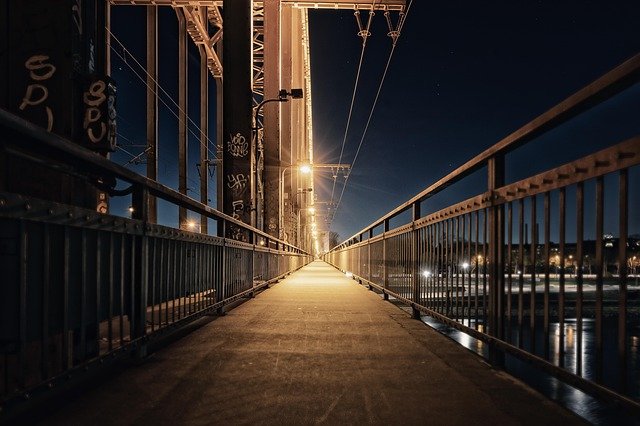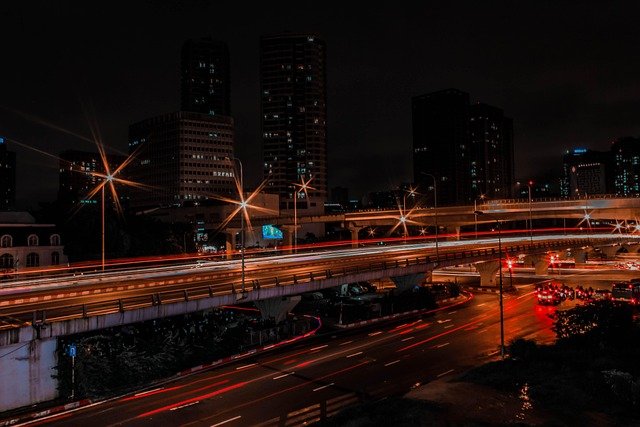Why Weather-Proofing Matters
Outdoor lighting systems are exposed to extreme challenges. They have to endure damaging agents like prolonged exposure to UV light, rain, snow, high winds, dust, humidity, impact, and temperature fluctuations. Medium quality photocells that are not designed for long term endurance of these factors will incur high maintenance cost and will not be able to deliver high performance under unreliable conditions. Such harsh conditions call for industrial grade photocells which are tested for difficult environmental conditions. Those photocells that comply with IP standards and other accepted standards of quality, endurance, and safety will not only perform well in outdoor conditions but will offer longevity and reduced maintenance costs over the years. Especially, when the photocells are to be installed in areas light coastal regions, industrial zones,
Let’s have a look at some of the handy tips to make sure your outdoor photocells keep giving their best for a longer time and do not wear down too soon. Moreover, we’ll have a look at how certified photocells series by Lead-Top make an ideal choice for extreme weather lighting even under the most challenging conditions.
Key Installation & Protection Tips
Installing photocells outdoor under harsh conditions requires certain precautions and prerequisites. For reliable street lighting that delivers over the years without needing frequent repairs, make sure you select the photocells with following features specifically for outdoor conditions.
- While selecting photocells for outdoor settings, compliance with IP65/IP66 rating is not just a choice. IP65 photocell installation is a must have for outdoor photocells. It means your photocells are sealed with enough precision to guard them against dust, moisture, and other pollutants to so that the internal sensitive components remain fully protected.
- While going for the photocells for outdoor installation, Choose UV-resistant housing for outdoor photocell protection. It guards yours photocells against the damage that may occur due to prolonged exposure to ultraviolet rays. It can not only affect the physical appearance of the photocells in the form of tarnish, but can also impact their performance by damaging sensitive components.
- In addition to ensuring durability, you need to make sure that the photocells also give the best possible performance in difficult environments for years to come. To make sure the photocells detect ambient light with precision, mount them away from direct shadows or reflective surfaces so that they don’t act due to false stimuli. False triggers can cause the photocells to misread the ground conditions and light levels. This leads to flickering and frequent switching of lights. Proper orientation during the installation of photocells helps ensure consistent performance without flickering and the false triggers won’t activate the photocells every now and then.
- Not all photocell units are made to withstand extreme temperatures and may fail to perform if installed in areas with high or, very low temperature range. While selecting a photocell sensor for outdoor settings, the ideal temperature range you should be looking at should be -40°C to +70°C. This ensures that the extreme weathers don’t stand a chance of affecting the performance of your photocell units whether it is extremely hot or freezing cold outside.
Meeting these prerequisites for outdoor lights ensures optimal performance and the highest possible durability under harsh outdoor settings. It brings down the maintenance costs and ensures energy efficiency at the same time.

Lead-Top Recommended Products
Keeping in view the strict durability requirements for outdoor installation, Lead-Top has a lineup of durable LED sensors that are built to endure the challenges of difficult outdoor settings while giving optimal performance and reliability. The LT154E and LT164 series by Lead-Top are specifically engineered to endure extreme weather fluctuations, resist damage due to dust, moisture, and dust, and provide precise detection of ambient light. They are capable of withstanding power fluctuations as well without damaging the sensitive parts.

Below is an overview of two of the most recommended models by Lead-Top, specifically made for outdoor lighting, along with a roundup of their features and performance highlights.
| Model Type | Key Specs | Highlights |
| LT154E Heavy-Duty Electronic | 1000W/1800VA, IP66 (IP67 optional) | Excellent surge protection, zero-crossing detection |
| LT164 Electromagnetic Twist-Lock | 1000W/1800VA, IP66 (IP67 optional) | Fast response (<1s), high load, ideal for harsh weather |
Both LT154E and LT164 photocell sensors by Lead-Top models are engineered for extreme climate zones. With a temperature range of -40°C to +70°C they are ideal for any weather from cold winters to hot summers. And their high surge protection enables them to endure unstable grid power conditions.
Practical Applications
The extreme weather endurance and IP65/IP66 compliance, along with precise detection capability of these photocells make them a preferred choice for a range of outdoor applications. Below are some of the examples of where these sensors can be deployed.
- Coastal areas with high humidity and salt exposure due to tightly sealed IP65 enclosures that protect against humidity and heat
- Snow-prone regions requiring low-temperature resilience because these photocells can give unchanged performance even when the temperature drops to -40°C
- Industrial zones with frequent power surges because of the high surge protection and zero crossing detection offered by these photocells.
Takeaway
Investing in weather-proof photocells ensures reliable, long-lasting outdoor lighting even under extreme conditions. Lead-Top with its IP65/IP66 rating photocells passes all the tests of outdoor lighting with flying colors. It not just provides durable and resilient photocell units that perform well under extreme weather conditions, its extreme surge protection also makes sure, the photocells work well even under unreliable power surges.
The LT154E and LT164 photocell series by Lead-Top are made specifically for such areas as coastal zones with high humidity, industrial areas with chemical laden air, dusty settings, and extreme weather conditions with very high or very low temperature ranges. Lead-Top’s photocells are made to deliver performance and reliability by staying protected against wear and tear due to rough conditions.
💬 Contact Lead-Top to select the perfect rugged photocell for your project.







